Consciousness is famously unobservable. Therefore, to test for consciousness, we must study its absence rather than its presence. Stuart Hameroff here argues that by studying anesthesia we are able to understand what goes away in the brain when the light of consciousness is switched off. Hameroff finds the answer in quantum processes in the brain – recent studies suggest he is onto something.
This article is presented in association with Closer To Truth, a partner for HowTheLightGetsIn Festival 2024. The festival will feature the debate ‘The Consciousness Test’, featuring Sabine Hossenfelder, Yoshua Bengio, Nick Lane and Hilary Lawson.
Where do we ‘go’ under anesthesia? And why are we ‘here’ (conscious) in the first place?
Despite ever-increasing knowledge about the brain, the fundamental question of how it produces (or possibly ‘transduces’) consciousness remains unknown. Most view the brain as a complex computer of simple membrane-only ‘cartoon’ neurons, using axonal firings as information ‘bits’. Consciousness is said to ‘emerge’ at higher order network levels of ‘complexity’.
But without specifying a biological mechanism or threshold, invoking emergence and complexity to explain consciousness may be no different than saying ‘abra’ and ‘cadabra’. Neurons are living cells, and other living cells like the unicellular organism paramecium swim, find food and mates, avoid obstacles, learn, and have sex, all without synapses or networks. Paramecia move nimbly and sense their environment by hundreds of protruding ‘cilia’, arrays of polymers of the protein ‘tubulin’ called ‘microtubules’ found in all animal and plant cells. Adamatzky and Jones (2010) showed that single cell amoeba slime mold can solve traveling salesman problems by ‘amoeboid movement’ toward food and away from aversive stimuli, the movement directed and enacted by microtubules and other cytoskeletal proteins. Are these clever one-celled creatures conscious? Most would say no, but how could we tell? How could we prove that any of us are conscious?
Consciousness cannot be directly measured or observed (except by one’s own self). But we can measure what goes away with anesthesia. The brain’s membrane depolarizations mediated by ion channels continue in the absence of consciousness under general anesthesia. For example during spine surgery, robust sensory and motor evoked potential signals are routinely measured in brain and extremities in anesthetized, unconscious patients. If not membrane depolarization, what specific brain activity goes away with anesthesia?
‘Jumpin Jack Flash’ – It’s a gas, gas gas!
In the 19th century a group of gases were identified whose inhalation at low concentrations caused giddiness and euphoria (‘ether frolics’, nitrous oxide ‘laughing gas’). But at higher concentrations their inhalation caused all animals and humans to cease purposeful behavior and apparently lose consciousness. These came to be called ‘anesthetic gases’.
Despite near-identical effects, anesthetic gases have diverse chemical structures including ethers, halogenated hydrocarbons, nitrous oxide and the elemental gas xenon. They are inert, forming no chemical bonds, but do form weak quantum interactions called van der Waals couplings through their one essential shared feature. Each anesthetic molecule or atom has an exposed non-polar ‘electron cloud’ surface. These include filled electron outer shells in halogens, the electron clouds around methyl groups in ethers, and the outer electron shell of the xenon atom (gray regions, Figure 1). Soluble anesthetics propofol and etomidate also have exposed non-polar (but polarizable, see below) electron clouds of aromatic rings.

Figure 1. Ten anesthetic gases with differing chemical structure but one common feature, regions (gray) of filled electron orbitals suitable for quantum van der Waals coupling rather than chemical bonds. 1. chloroform, 2. diethyl ether, 3. Fluroxene, 4. halothane, 5. methoxyflurane, 6. desflurane, 7. xenon, 8. isoflurane, 9. enflurane, 10. sevoflurane







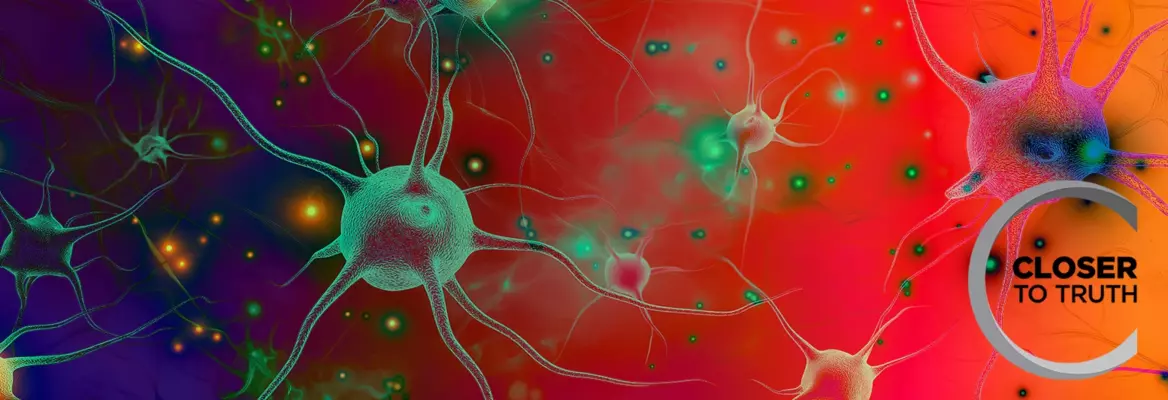





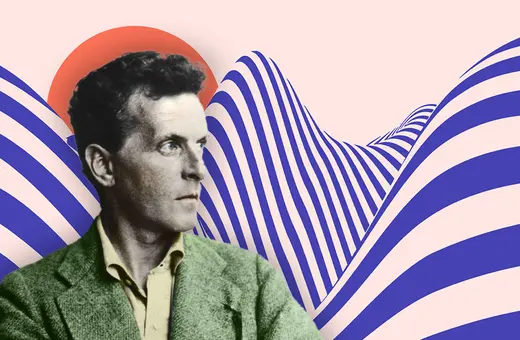
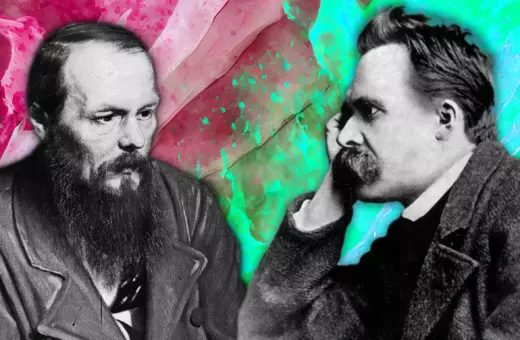

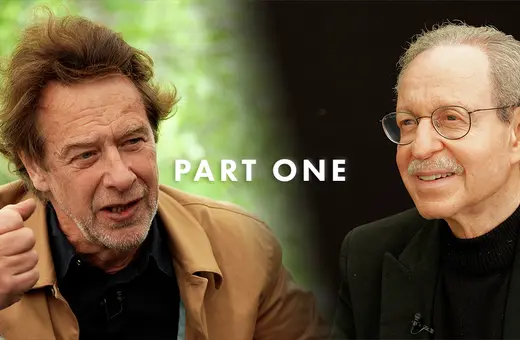
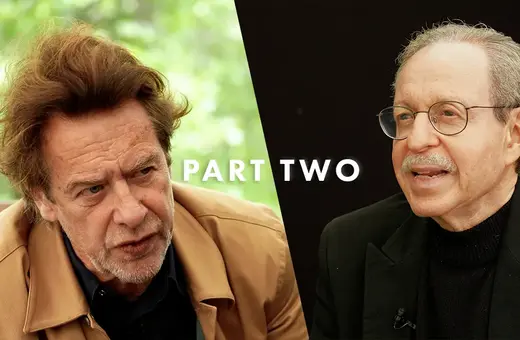



Join the conversation